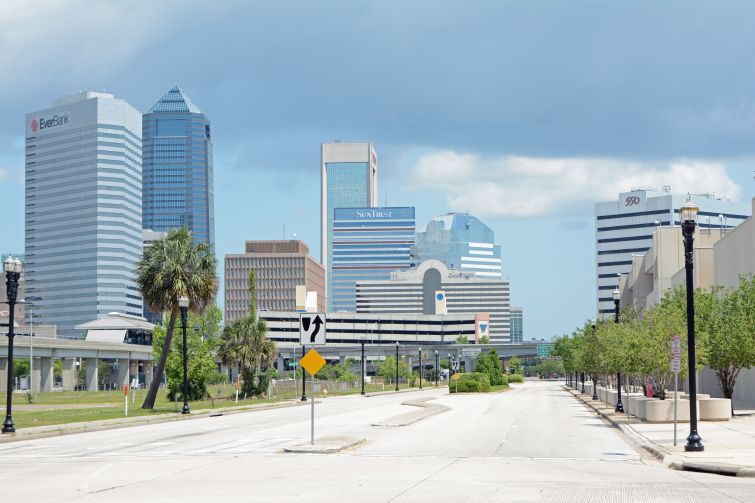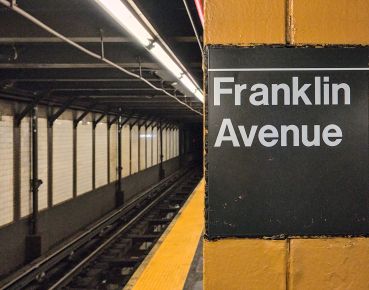Multifamily Occupancy Takes a Hit in Several Markets

CRED iQ’s research team wanted to explore the multifamily sector, which has been in the spotlight of late. Indeed, according to the MSCI Commercial Property Report, multifamily prices have been slipping for 16 consecutive months (December’s flat print broke that streak). Naturally there are many factors at play here — from the macro interest rate environment to inflections arising from massive construction-driven unit growth.
How do these factors impact occupancy? What trends emerge as we look across recent occupancy performance? Our team dug into the top 50 metropolitan statistical areas (MSAs) to see what we can learn.
Overall, the average multifamily occupancy increased by 0.3 percent. However, of the 50 largest MSAs tracked by CRED iQ, many markets had declines in occupancy since their previously reported rent roll. CRED iQ examined all multifamily properties that had an occupancy change. Our discovery is that 26 of the top 50 markets showed an overall decline in their reported occupancies by number of properties.
In one market example, Raleigh, N.C.’s apartments showed that 59 percent of the properties reported a decline in occupancy and 33 percent reported an increase, while 8 percent remained unchanged.
Occupancy at The Proper Raleigh Apartments in Raleigh decreased from 60.2 percent in December 2022 to 44.8 percent in September 2023. The 384-unit property is backed by a $44.4 million loan and was added to the servicer’s watchlist in July 2023 due to decreased occupancy.
Increased vacancy at The Proper Raleigh is attributed to regular unit turnover along with decreased total units due to renovations. Servicer commentary indicates the borrower intends to spend $16.6 million ($43,219 per unit) on renovations with work estimated to be completed in 2024.
Atlanta was another market that showed a significant number of properties with falling occupancies. In the CRED iQ analysis, 362 apartment buildings representing 58 percent of the total we tracked, had a reported drop in occupancy.
The third-largest percentage showing a drop in occupancy was Jacksonville, Fla. Approximately 56 percent of the multifamily properties reported an occupancy decline while 33 percent increased, and 11 percent were unchanged.
The top 10 markets with the highest occupancy increases (by property counts) were: New Orleans, Birmingham, Louisville, Cleveland, Virginia Beach, Houston, Tucson, Detroit, Milwaukee and Kansas City, Mo.
The Whitney Manor Apartments is a 199-unit multifamily complex located in the New Orleans market. The 21-building complex is backed by a $10.8 million loan that was added to the servicer’s watchlist in October 2023 due to debt service coverage ratio (DSCR) triggers. Increased expenses drove the DSCR (NCF) to drastically drop from 1.66 at origination in 2020 to 0.18 in September 2023. Despite financial struggles, occupancy at the property has increased from 62 percent in December 2021 to 90 percent in September 2023.
The top 10 markets with the highest occupancy decreases were Raleigh, Atlanta, Jacksonville, Las Vegas, Austin, Memphis, Pittsburg, Dallas, Charlotte and Indianapolis.
There were 13 markets where at least half of the total properties reported a decrease in occupancy: Allentown, Atlanta, Austin, Charlotte, Dallas, Indianapolis, Jacksonville, Las Vegas, Memphis, Nashville, Pittsburgh, Raleigh and San Antonio.
Mike Haas is the founder and CEO of CRED iQ.


